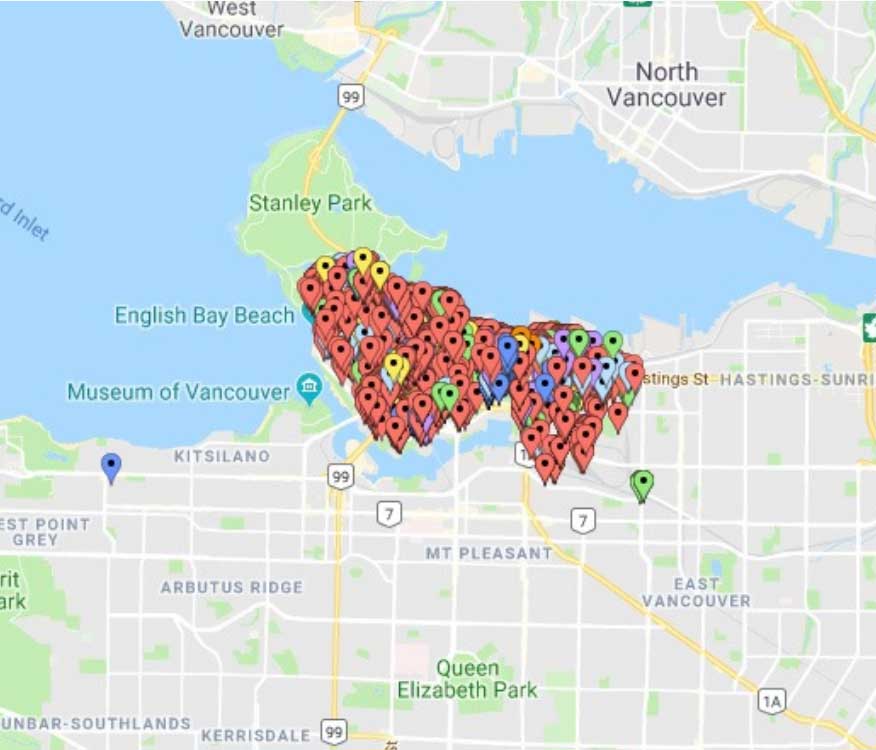
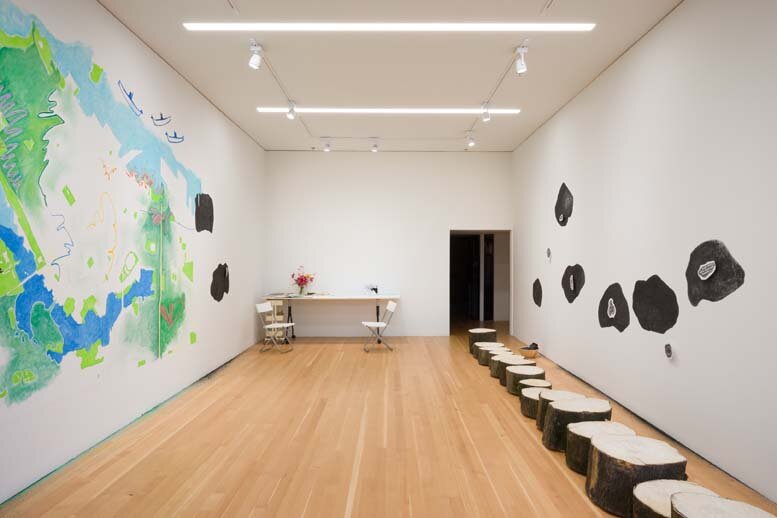
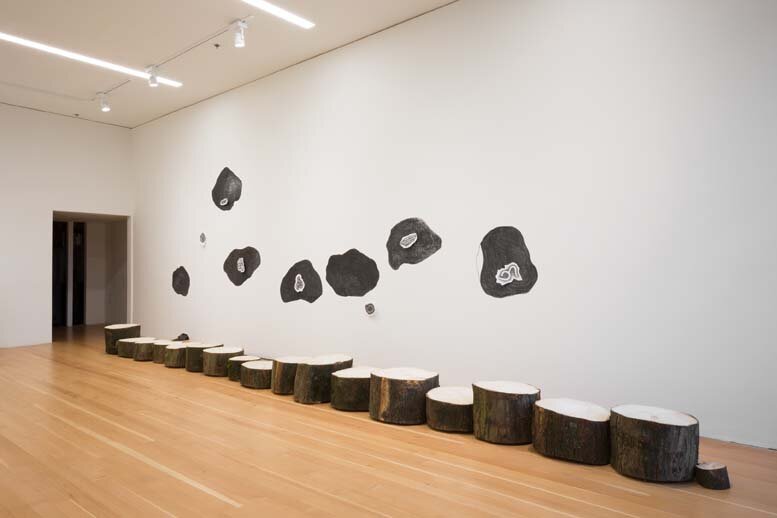
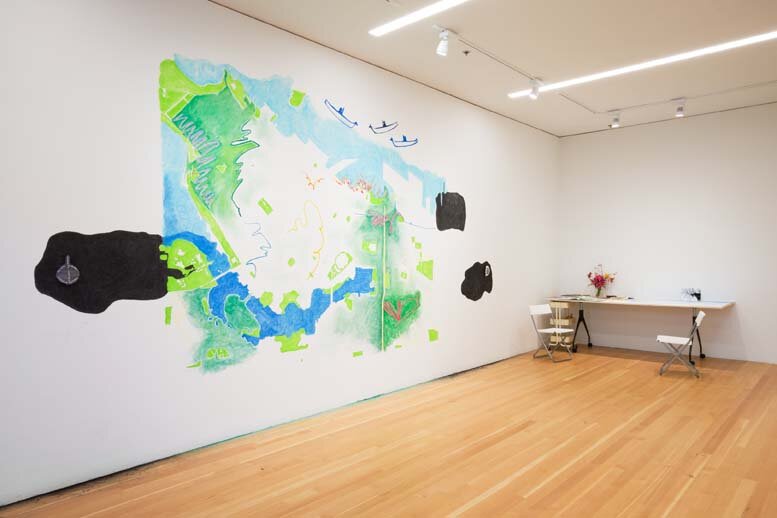
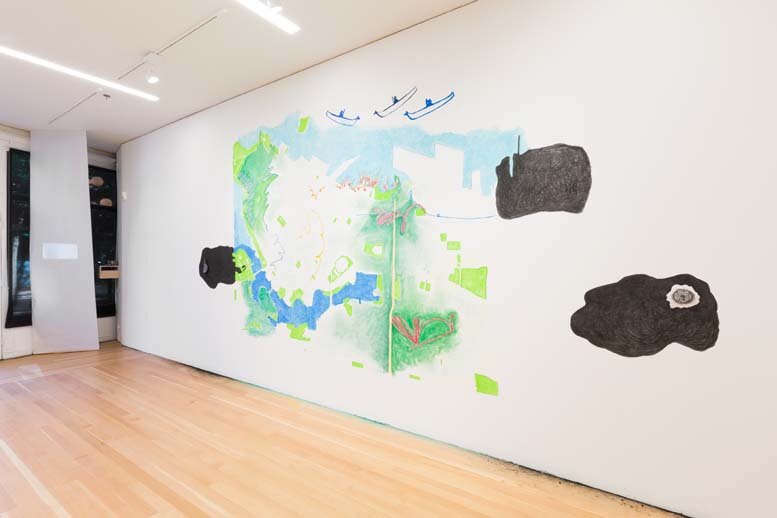
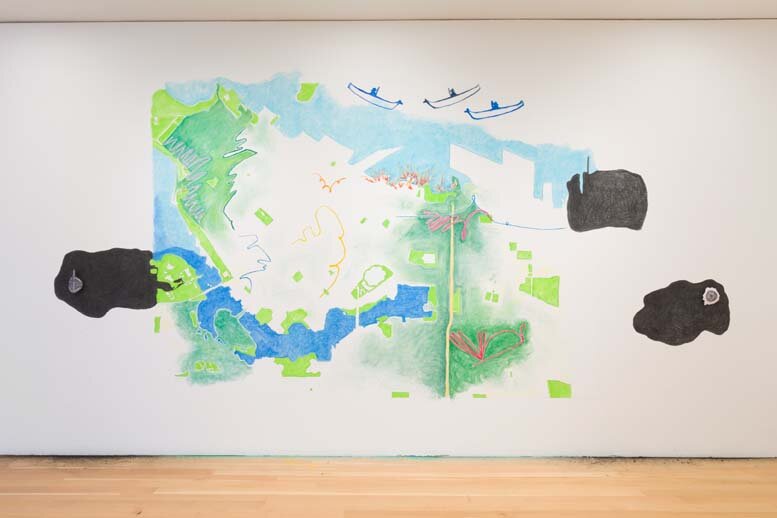

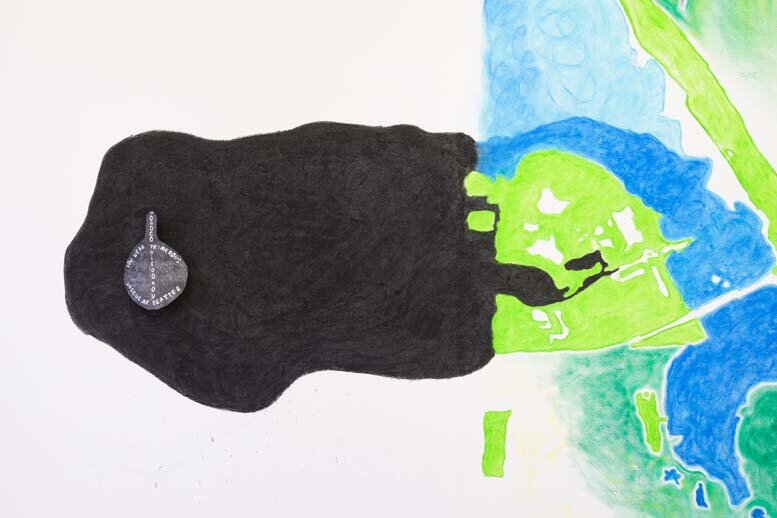
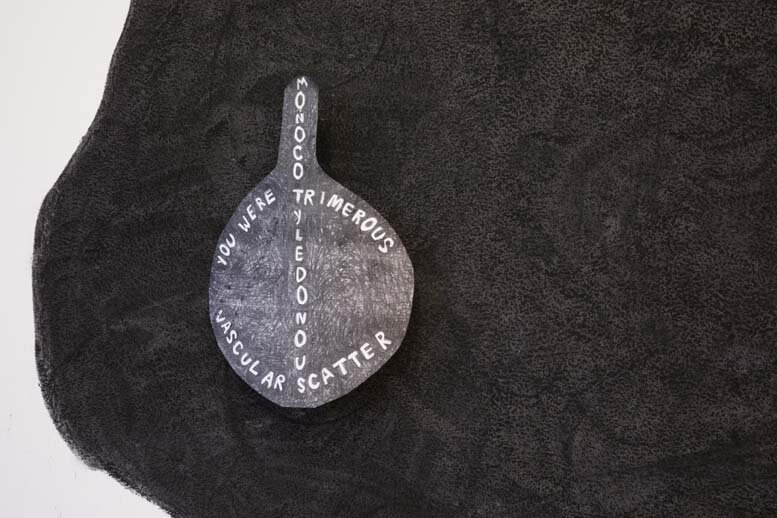
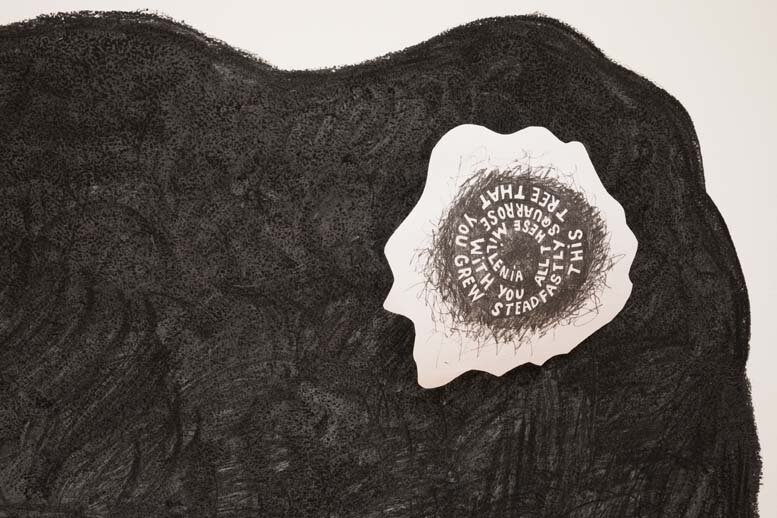

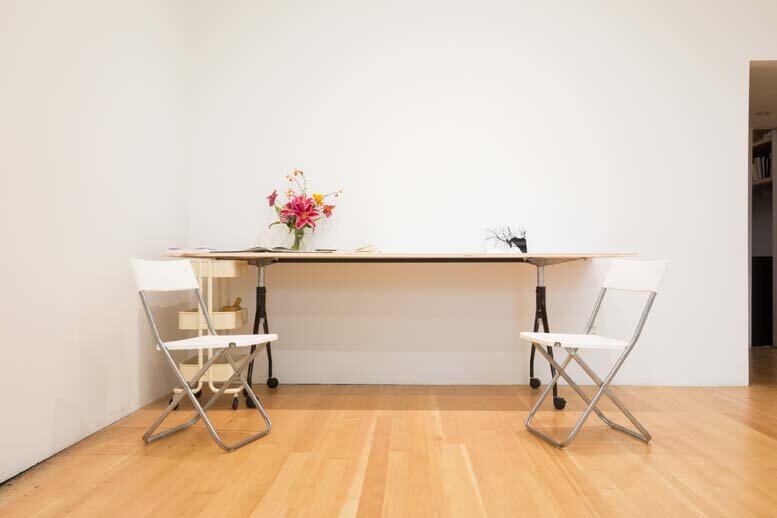
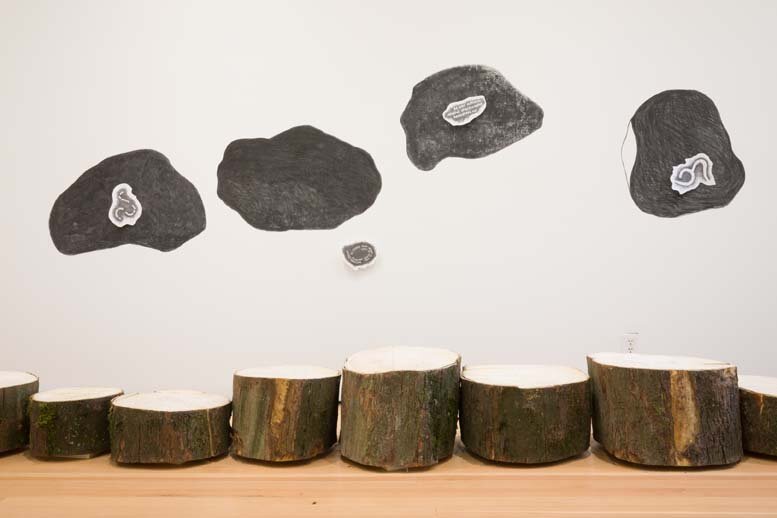

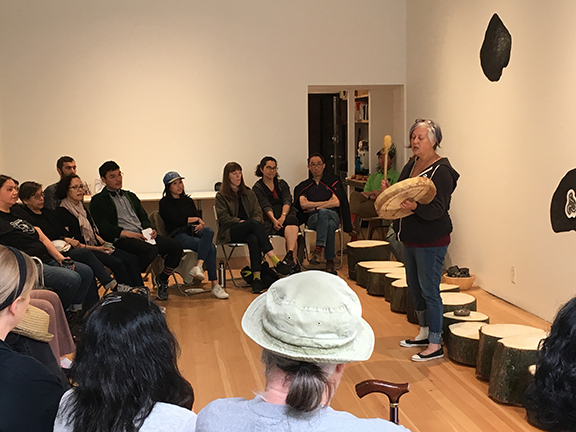


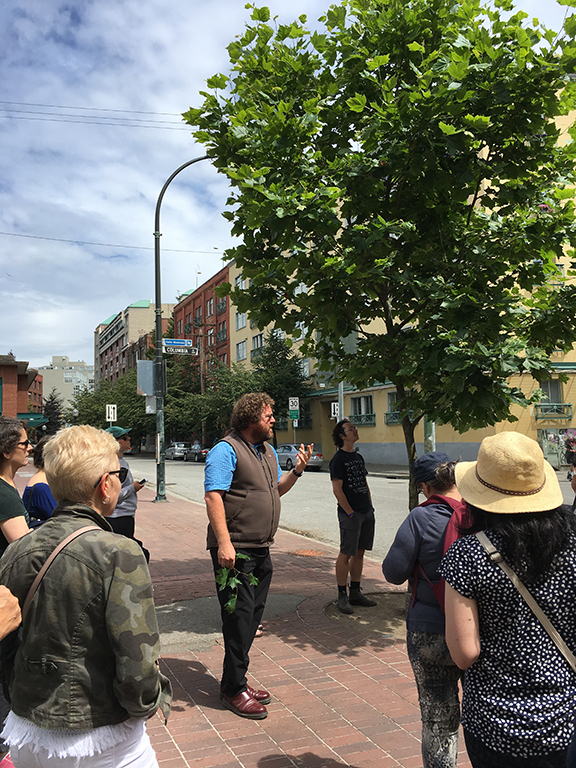
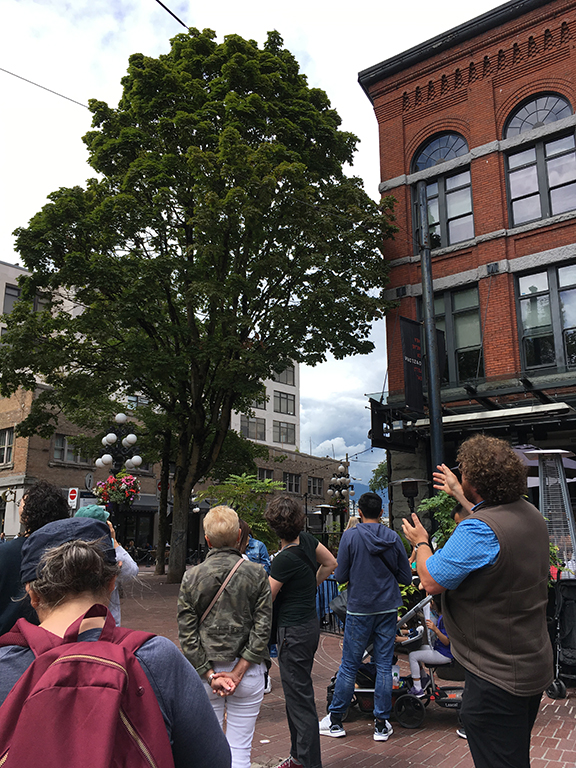
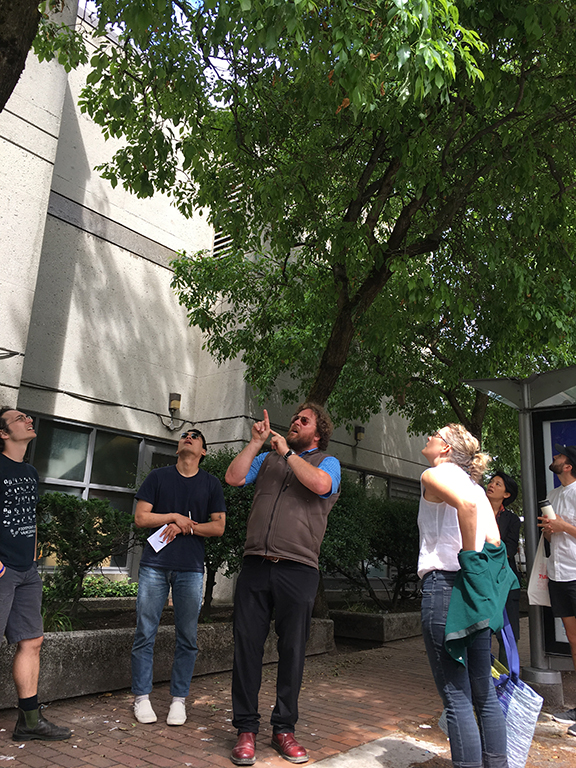

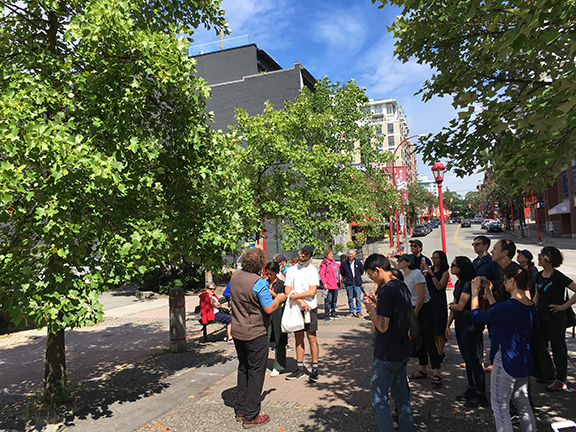
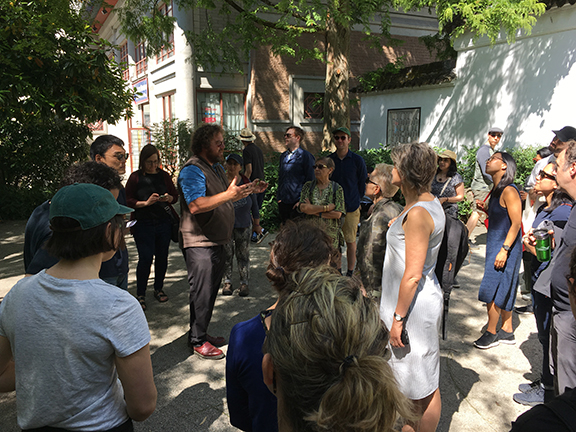
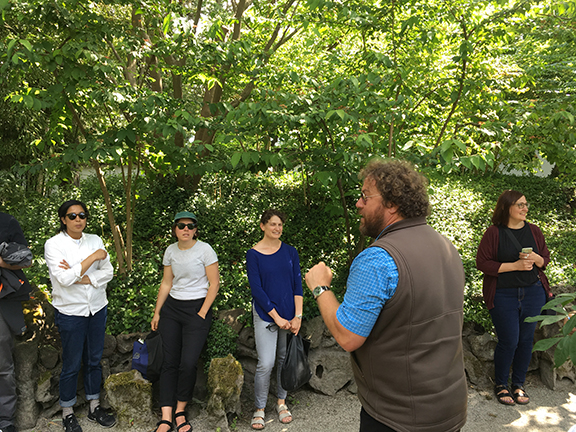
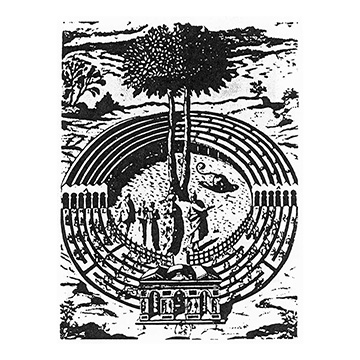




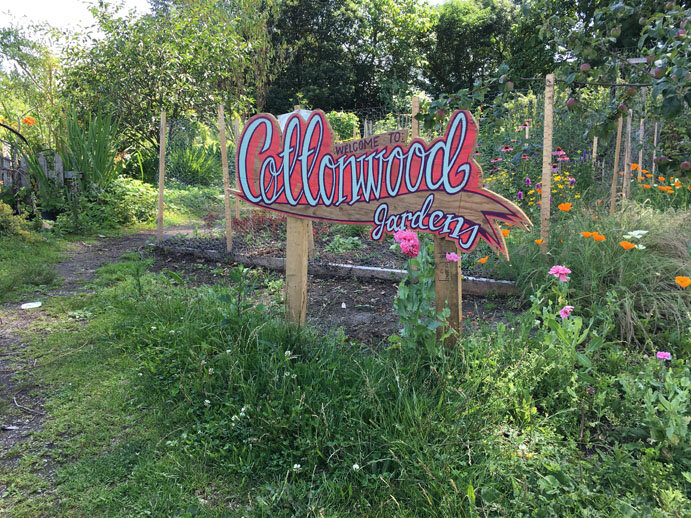

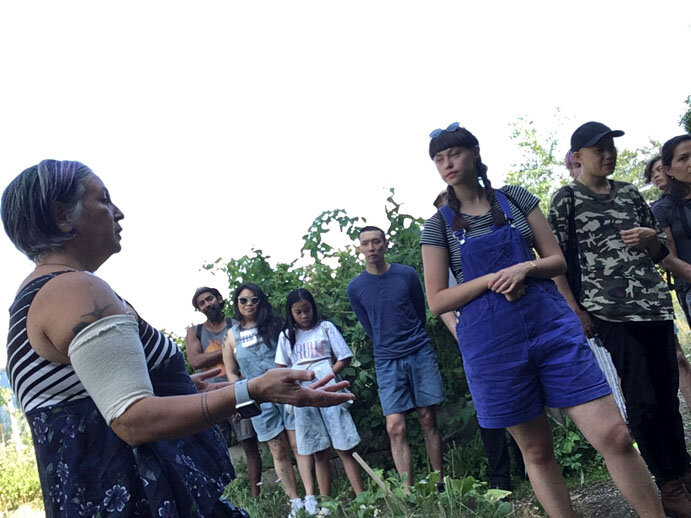




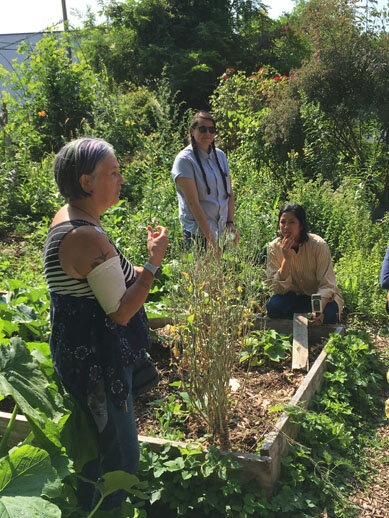

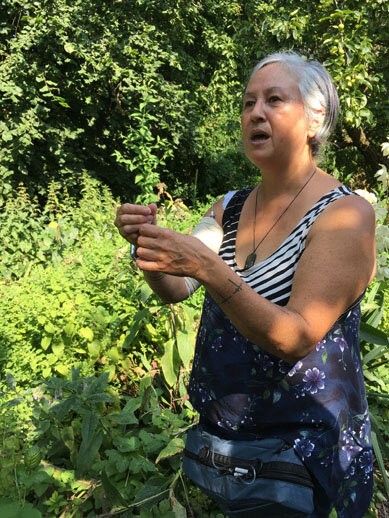
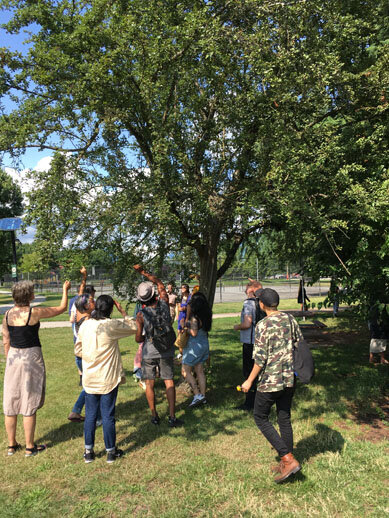


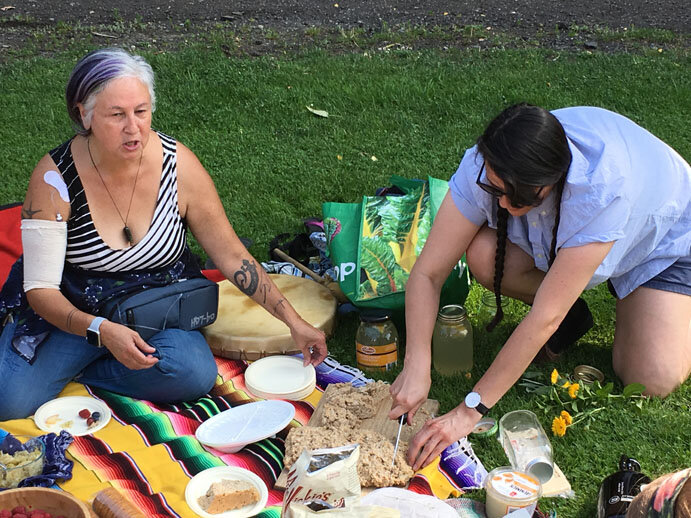


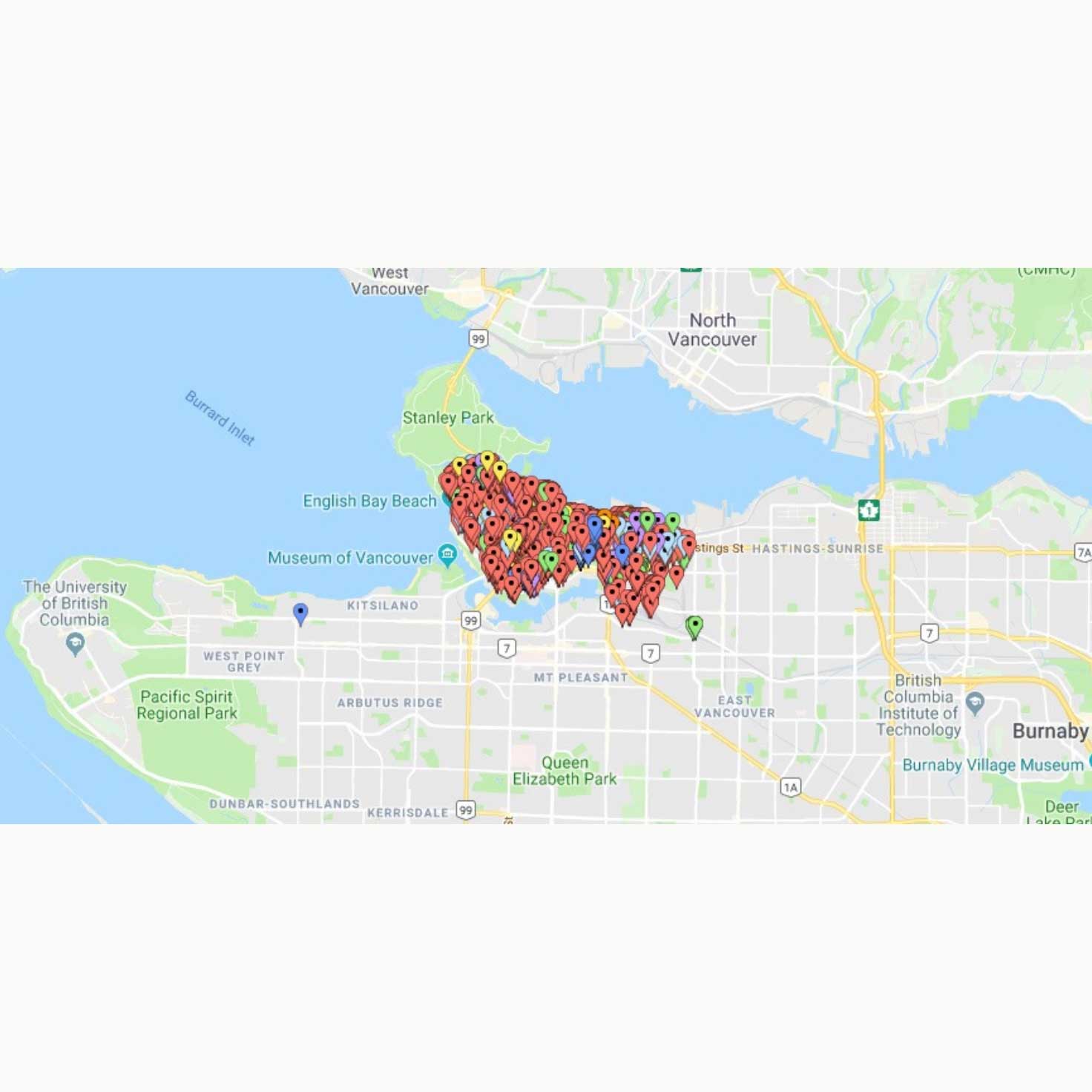
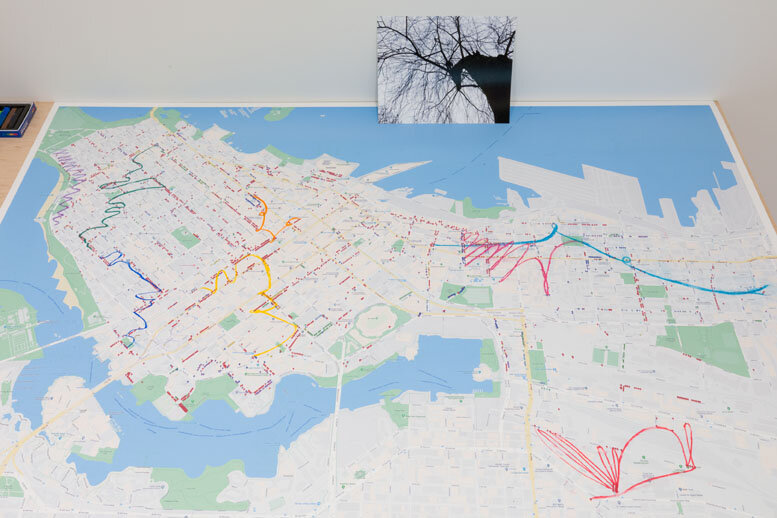

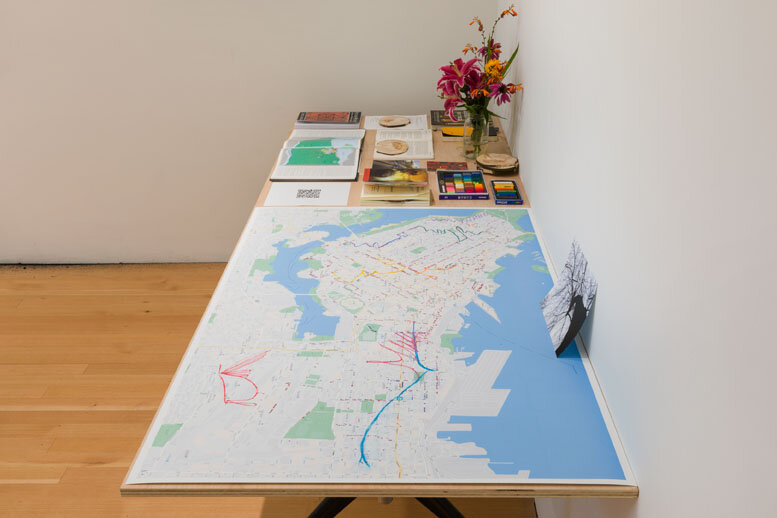
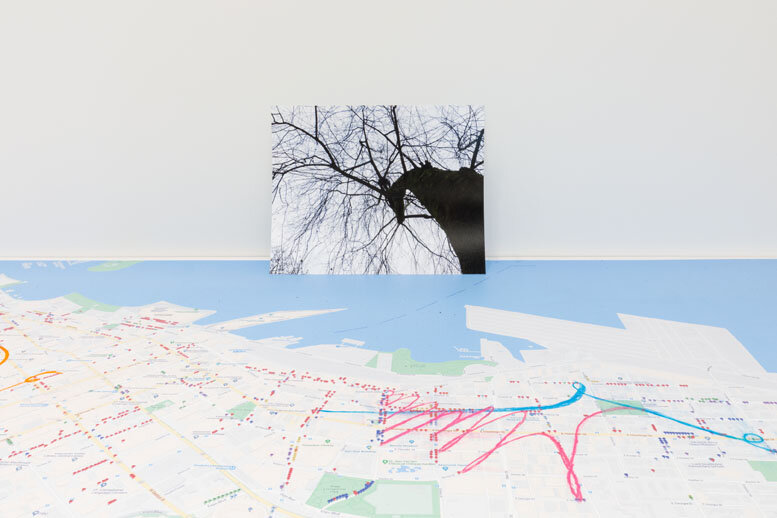
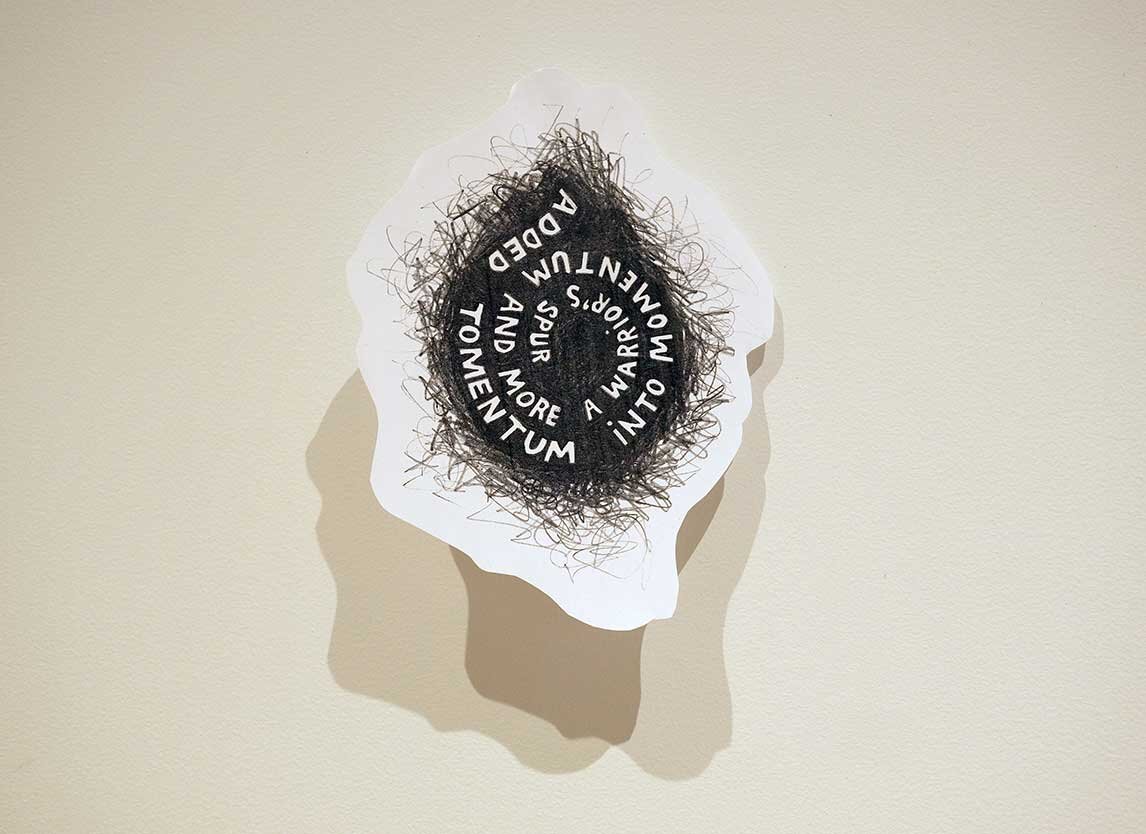

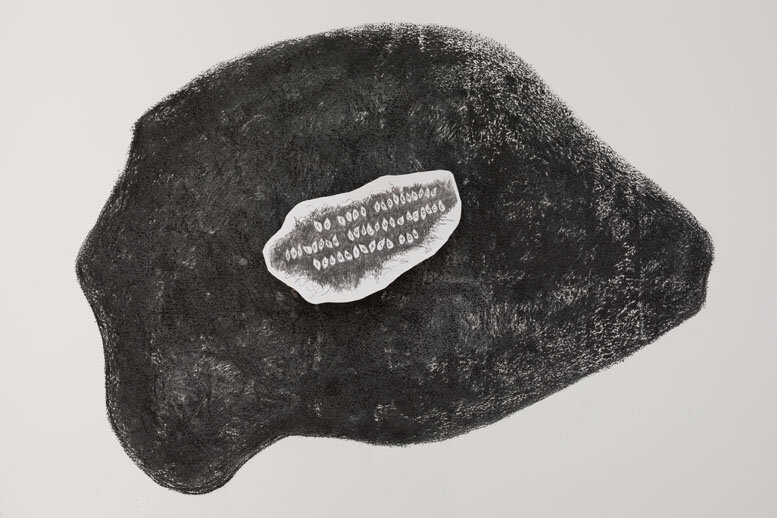
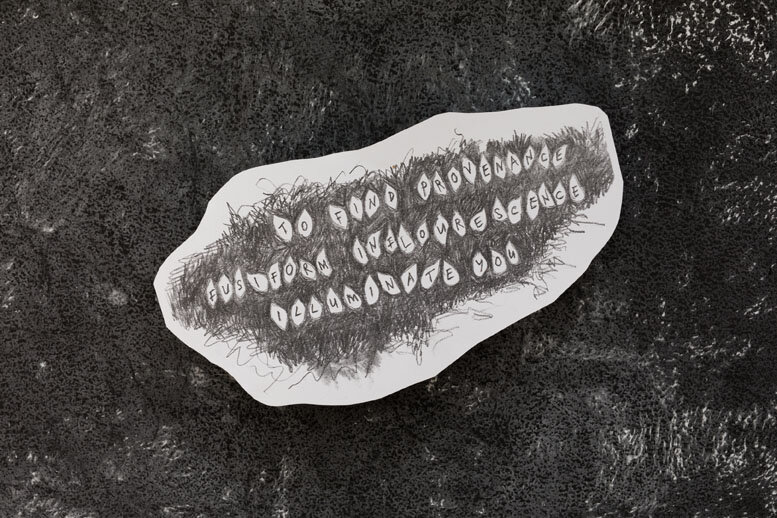
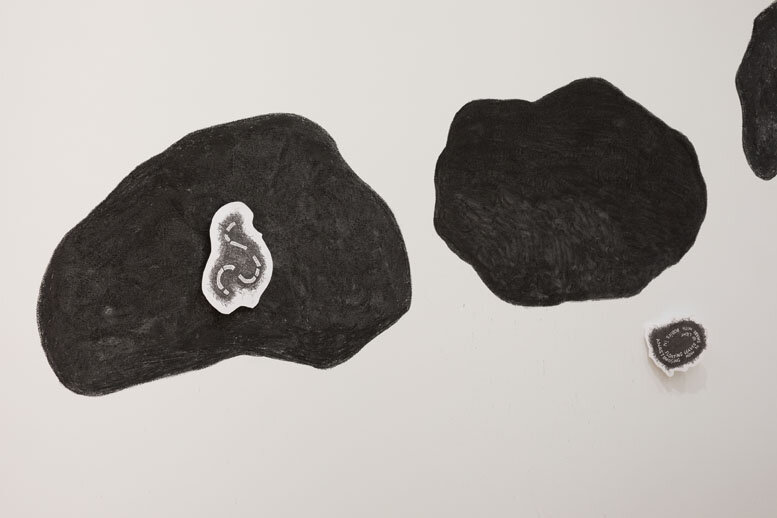
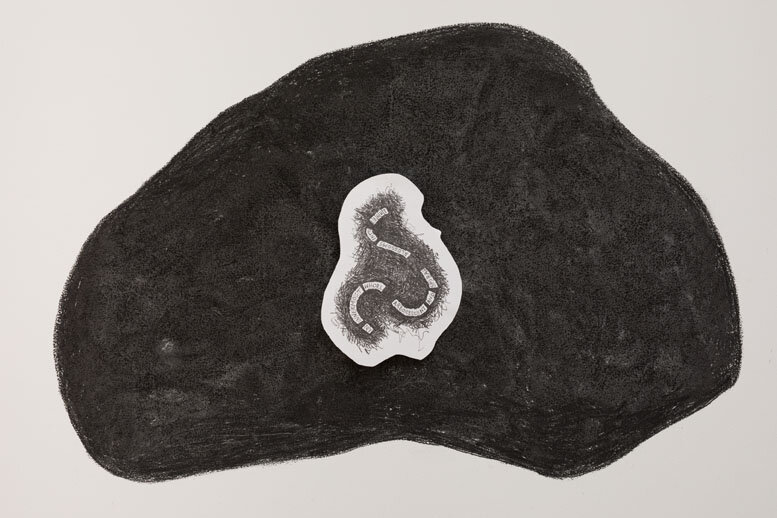
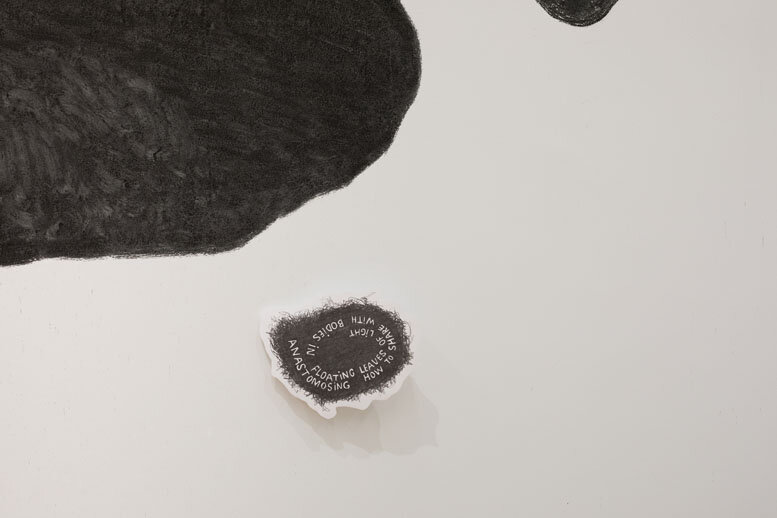
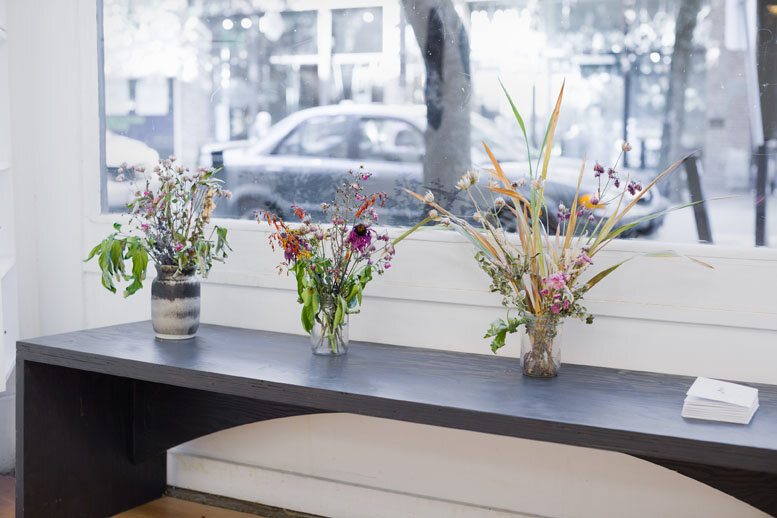
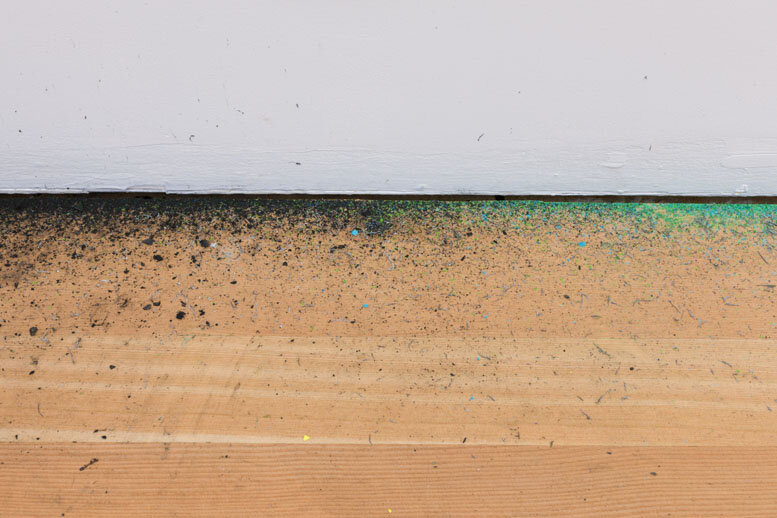
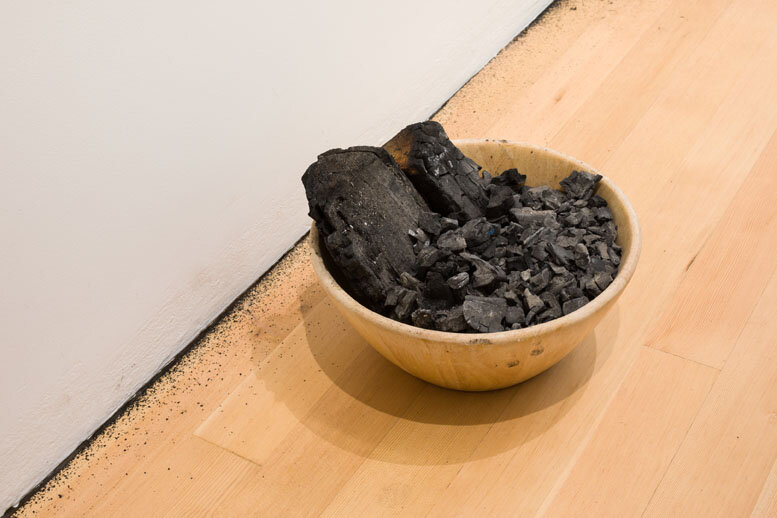
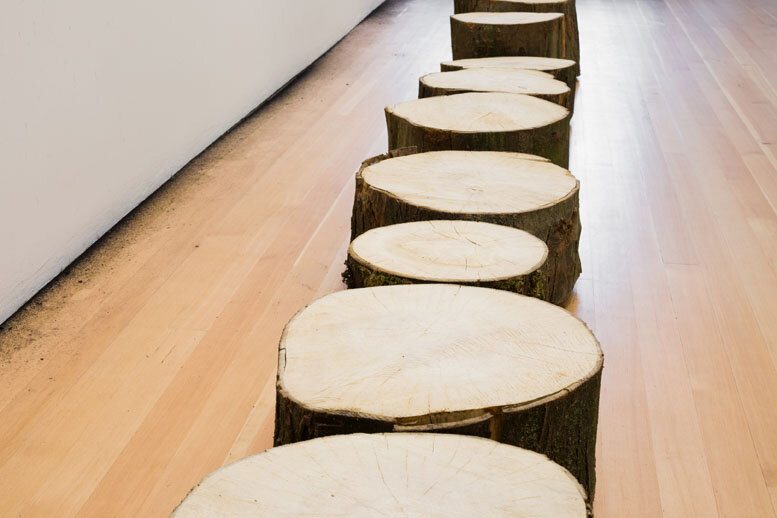

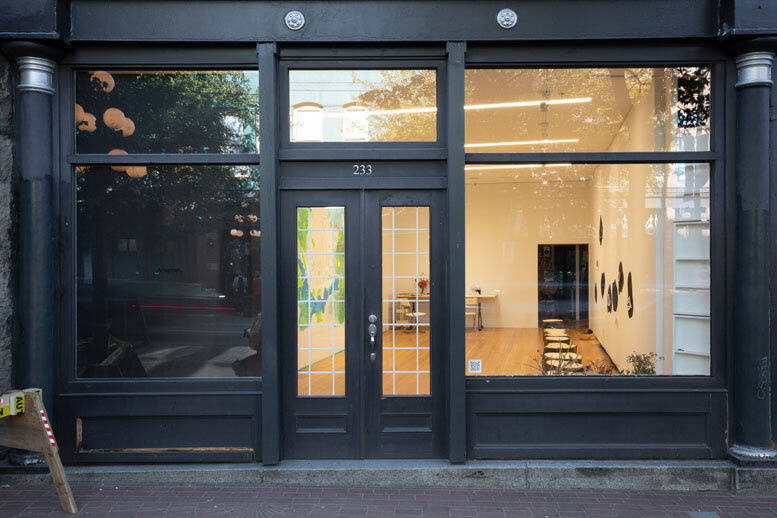
Exhibition installation photos by Dennis Ha. Public events photographs by Artspeak and Laiwan.
MAPLE TREE SPIRAL: the pedagogy of a tree in the city
A process-based site-specific installation, June 14 to July 27, 2019
Artspeak Gallery, 233 Carrall Street, Vancouver, BC,V5B 2J2, Canada
Public Events
June 22 - 2pm: Stories of Maples with Cease Wyss
June 29 - 2pm Tree Walk with Egan Davis
July 6 - 2pm Stories of Trees from Ethiopia and Iran with Daniel Negatu and Sepideh Saii
4pm Exhibition Reception
July 13 - 2pm Kw’eskw’ás stl’a7shn with Cease Wyss and Anne Riley, at Cottonwood Gardens
July 25 - 2pm Workshop with the Environmental Youth Alliance, at Cottonwood Gardens
For more exhibition information, please visit Maple Tree Spiral at ARTSPEAK GALLERY
Thanks Caitlin Main for Postscript number 75, reflecting on Maple Tree Spiral available online — PDF Download here: Arboreal Allies
Artist’s Notes
By accessing the City’s online database of street trees, selecting only the maple species that live in Downtown Vancouver, Strathcona and the West End, participants are invited to locate, trace and give recognition to spirals of maple trees that stem outward from the original Maple Tree Square — the iconic intersection where Water, Powell, Alexander, and Carrall Streets meet, with its site-specific proximity to Artspeak Gallery, at 233 Carrall Street, Vancouver.
It can be an urban Land-Art type spiral, geographically and arboreally drawn, mapped to draw wonder, in solidarity with a community of trees and multispecies which live in our city. Why choose a spiral? In juxtaposition to a square, the spiral has a dynamic enfolding and springing trajectory outward. The human body is structured by spirals; our DNA is a spiral with its double helix, and how we move in spirals is also related to spinal movement. To understand how we embody the spiral enables us to think how a city that is friendly and welcoming to all bodies, of every species, could be imagined.
Street trees are working trees, labouring within human environments, purposely planted according to urban landscape and architectural values rooted in urban development and capitalism.
I have been wondering how trees as living entities cope in our built urban environment. We, as humans, move so much faster than how trees live in this world, where they become witnesses over thousands of years of our human evolution and transformation of this planet. I am interested in how we, as humans and artists, can imagine conditions that embody solidarity with our street trees, without romanticizing or sentimentality, but to constructively innovate new ways to build kinship, to value and enhance their lives and communities.
Vancouver is developing an Urban Forest Strategy which aims to have planted 150,000 trees by 2020. These are trees on streets, parks, public spaces, and back yards that help to clean the air, absorb rainwater, provide wildlife habitat, and improve physical and mental health and well-being. This number is low compared to the original rainforests here and in relation to our population which in 2016 was 2.463 million people. A human breathes about 9.5 tonnes of air in a year, but oxygen is about 23 percent of that air, by mass, and we extract a little over a third of the oxygen from each breath. That works out to a total of about 740kg of oxygen per year, which equals about seven or eight trees' worth. This statistic shows how our tree-to-human ratio is unsustainable; more trees need to be planted, designed to live embedded with us in our urban environments.
Conditions are different for street trees and park trees. Let us become attentive to the life of the tree on a city street, that tree chosen, planted and bred within the context of the surrounding concrete jungle, arranged in grids to accommodate the city with its sidewalks and roads, with measured spacing between it and the next tree (a neighbour that may or may not be of tree kin), and where such distance prevents them from developing rhizomatic networks and/or branch/leaf communications. How do we provide nurturance for these working trees?
Image above: Maple Tree Square in 1886 (left) and in 2014 (right).
At the corner of Water and Carrall Streets in Vancouver, near Artspeak Gallery, is Maple Tree Square, a location significant to the development of the City of Vancouver where early organizing meetings by settlers were held on unceded Indigenous land. It is also symbolic of how we in Vancouver approach trees, evidence of an instrumentalized approach that parallels Vancouver’s urban growth and development. A settlers’ historical account of Maple Tree Square[1] notes: “January 1886, as the New Year began, maple trees, towering cedars, skunk cabbage and swamp surround Granville Townsite; salmon enter the streams of False Creek. Residents assemble on the shell midden under Gastown’s old maple tree for town meetings and performances. Most of the sawmill workers and longshoremen are Native, Metis, Hawaiian; the rest come from the four corners of the globe. Chinook is as common as English. April 1886, newly arrived immigrant workers hold a strike at Hastings Mill for a 10-hour workday: Burrard Inlet’s first official labour dispute. Mill manager Alexander holds a conciliation committee meeting under the Maple Tree. June 1886, the new police chief tears out the benches around Maple Tree Square to discourage loitering” ….
In the image above, we see where once this Maple Tree lived now stands the statue of Gassy Jack Leighton. This unfortunately shows how a boozy saloon owner’s importance is prioritized in the hierarchy of living things. Maple Tree Spiral is a process-based site-specific work honouring the life and memory of this site’s original Maple Tree.
[1] https://changingvancouver.wordpress.com/2014/12/25/maple-tree-square/
Image Source: https://miss604.com/2016/01/maple-tree-square-in-gastown.html
In memory of a tree that once was, or is soon to be, or will have been, or may have remained…
Submit your tree story here: to be or not to be tree form


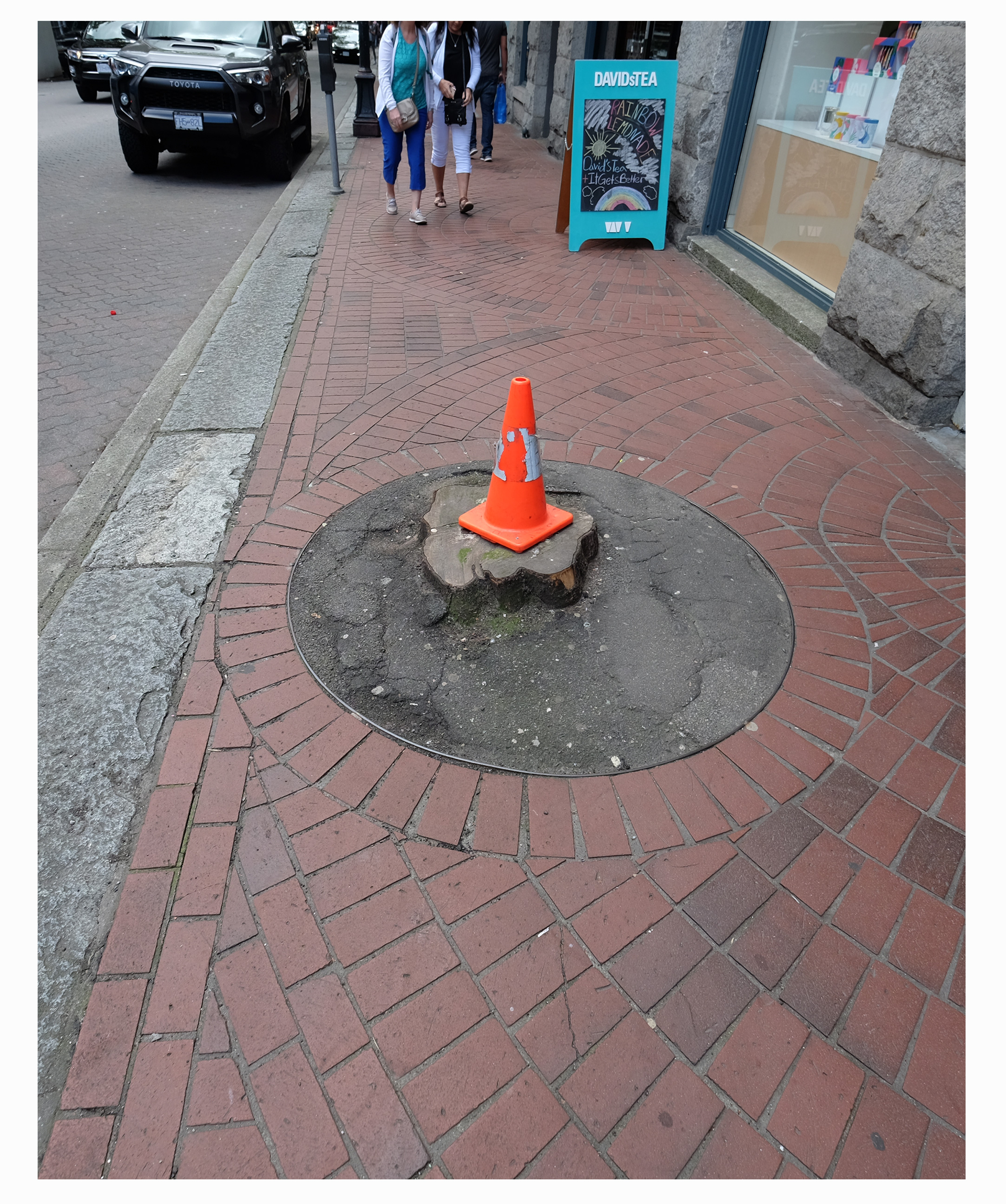
At 164 Water Street was a tree round the corner from Maple Tree Square. Above is a memory from Google Maps showing the SILVER MAPLE from August 2018. It was removed on February 27 2019 and the next two photos show 164 Water Street in June 2019.
The Practice of the Trees from "Still As a Mountain, Powerful As Thunder" by Y. P. Dong, Shambhala Publications, 1993. pg. 88-89
Our current epoch of the Anthropocene-Capitalocene is at its end, where it cannot imagine itself out of itself. Haraway encourages us to “activate poetic, destructive, powerfully vital practices of the ‘chthulucene’ — the possibility for the not-yet-finished, the ongoing, the dreadful but generative forces of the inhuman within the human.”


